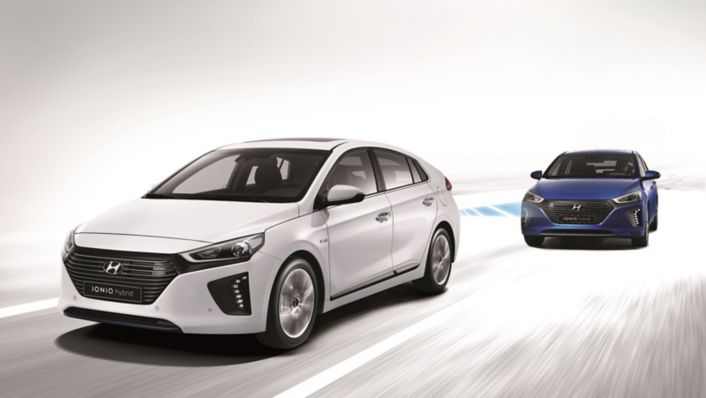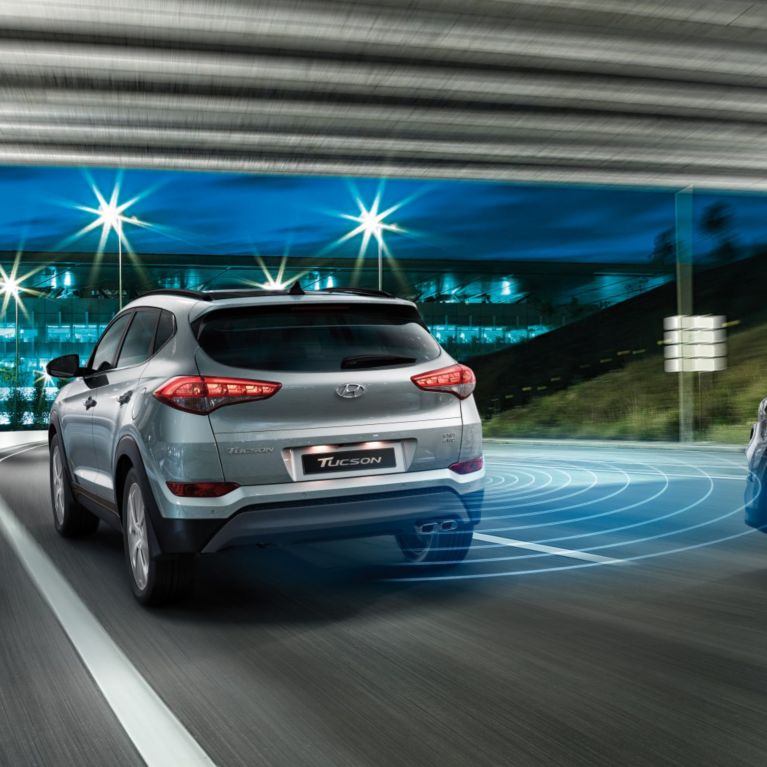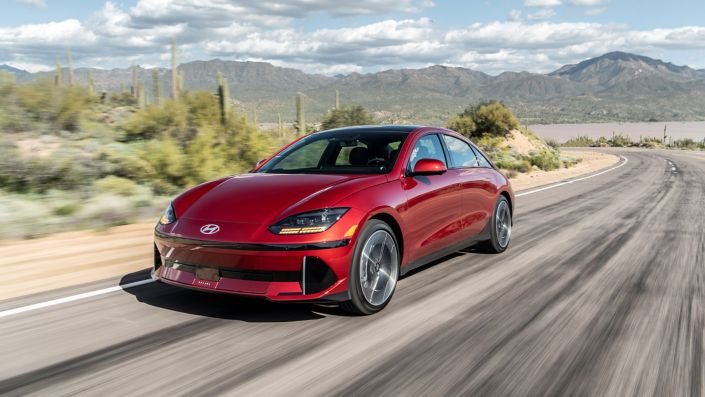‘Eyes on the road’ is the mantra of every safety-conscious driver but when changing lanes or turning, there are parts we just can’t see. And that’s where car blind spot detection systems come in.
So how do the blind spot detection systems actually work?
The blind spot is the area just to the side of your car that isn’t covered by your mirrors, or when you turn your head is obscured by the pillar between the front and back seat of your vehicle. Not just a terror for first-time driving test takers, car manufacturers have long sought new ways to get round this design issue to improve safety.
Blind spot car detection systems watch where you can’t. The driver assistance technology tracks vehicles approaching alongside or behind you. If you’re indicating to change lanes, the system will warn you in a couple of different ways depending on the make of your car. A flashing light on your wing-mirror or the internal front pillar is accompanied by either a warning sound or sometimes vibration, or light shake, in the steering wheel. It also supports you during an overtaking maneuver, when you return to the left (or right) lane.
The blind spot is the area just to the side of your car that isn’t covered by your mirrors, or when you turn your head is obscured by the pillar between the front and back seat of your vehicle. Not just a terror for first-time driving test takers, car manufacturers have long sought new ways to get round this design issue to improve safety.
Blind spot car detection systems watch where you can’t. The driver assistance technology tracks vehicles approaching alongside or behind you. If you’re indicating to change lanes, the system will warn you in a couple of different ways depending on the make of your car. A flashing light on your wing-mirror or the internal front pillar is accompanied by either a warning sound or sometimes vibration, or light shake, in the steering wheel. It also supports you during an overtaking maneuver, when you return to the left (or right) lane.

The alert stays active until the vehicle beside you has moved to the front or is directly alongside you where you can physically see it. Even when not indicating, the system will warn you of approaching adjacent traffic by the light remaining constant.
Your mother-in-law might tell you she has eyes in the back of her head but for everyone else, the blind spot car detection system provides 180 degrees of coverage around your vehicle. The system uses ultrasonic or radar sensors on the side and rear of the car. Like a bat in nature, ultrasonic sensors use soundwaves to detect objects in their surroundings.
These sensors monitor nearby lanes and determine when other vehicles approach or enter your blind spot. Even smaller vehicles such as motorbikes and bicycles can be detected. Also known as blind spot monitoring or blind spot information systems, some systems will also activate brake or steering controls to keep your car in its lane. Similarly, the rear traffic alert will notify you when you're backing up, in a car park for example, if something is approaching you while reversing.
180 degrees of coverage
Your mother-in-law might tell you she has eyes in the back of her head but for everyone else, the blind spot car detection system provides 180 degrees of coverage around your vehicle. The system uses ultrasonic or radar sensors on the side and rear of the car. Like a bat in nature, ultrasonic sensors use soundwaves to detect objects in their surroundings.
These sensors monitor nearby lanes and determine when other vehicles approach or enter your blind spot. Even smaller vehicles such as motorbikes and bicycles can be detected. Also known as blind spot monitoring or blind spot information systems, some systems will also activate brake or steering controls to keep your car in its lane. Similarly, the rear traffic alert will notify you when you're backing up, in a car park for example, if something is approaching you while reversing.

Europe set to be the largest market
The global idustry for blind spot detections systems is expected to generate €2.2 billion by 2020 with Europe seen as the largest market. Adaptive cruise control, parking assistance sensors and cameras, and rear traffic alerts are just some of the other complementary systems to blind spot car technology expected to become even more widely available in the near future.
Increased demand for blind spot detection systems in vehicles along with technologies such as night-vision is seen as one of the major trends in the automotive industry.










